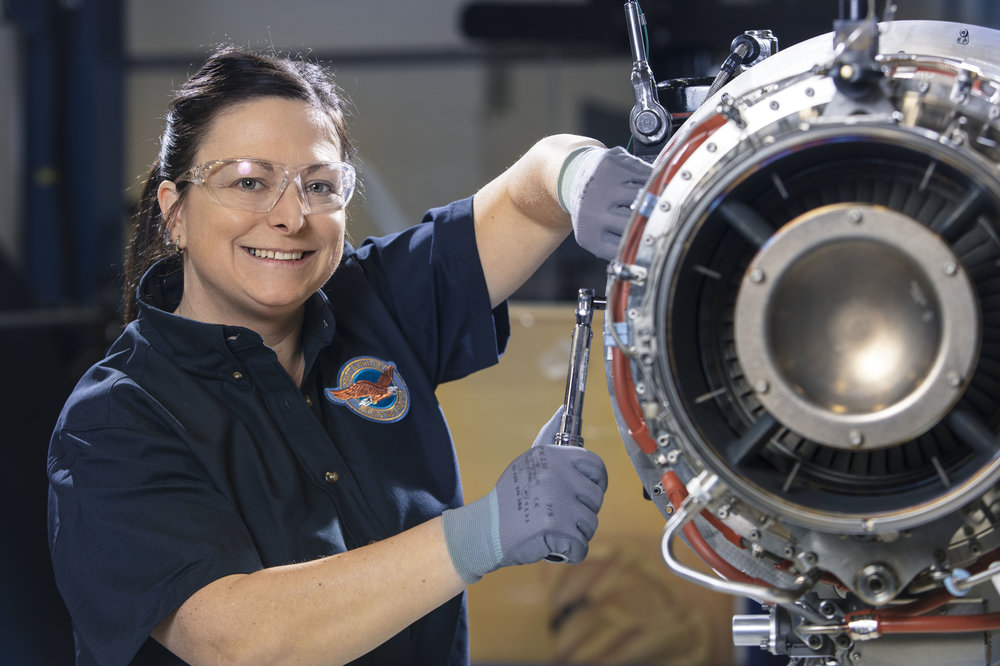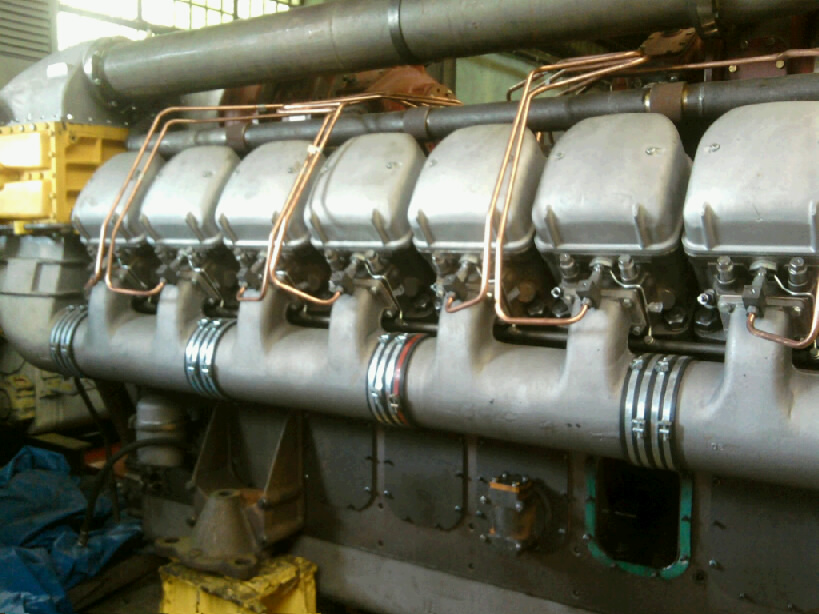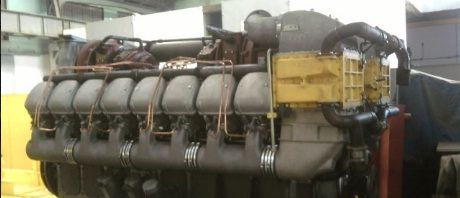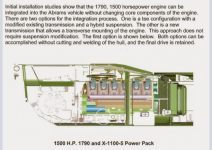Tulomsas is actually a locomotive builder.
Tülomsaş, the only locomotive supplier in Turkey with a longstanding and vast experience in manufacturing and maintenance, started in 1894 as a maintenance and repair workshop for locomotives. As an affiliated company of the Turkish Railways, Tülomsaş has been responding to all the locomotive and wagon needs of Turkey for more than a century. Throughout the years it has developed into a heavy industrial player as well as the biggest and most modern locomotive and freight car manufacturer of the Middle East and the Balkans.
With its 7 production plants, almost 2000 qualified staff, 176.000 m² under cover production area, TÜLOMSAS is a giant organisation. With an annual production capacity of 60 locomotives, 10 railway maintenance cars, 500 bogie freight cars, 100 various type diesel engines, 100 alternators, 400 traction motors and 2500 tonnes steel and iron castings, TÜLOMSAS can be regarded as the locomotive of the Turkish heavy industry.
The locomotive factory, which is the largest plant in TÜLOMSAS, is capable to carry out the manufacture of bogie, underframe and hoods of various type diesel-electric, diesel-hydraulic and electrical mainline and shunting locomotives ranging from 360 to 4300 HP and maintenance cars, complete assembly, painting and testing, as well as maintenance and revision of these vehicles.
Recently, GE Transportation, a unit of General Electric Company (NYSE: GE), and Tülomsaş had announced the signing of a Memorandum of Understanding (MOU) for a strategic relationship in which GE Transportation and Tülomsaş have agreed to collaborate to supply the market with GE's PowerHaul™ locomotives. The company now builds
GE PowerHaul locomotives under a partnership with
GE Transportation.
. PR is as important as producing the product in the 21st century..















